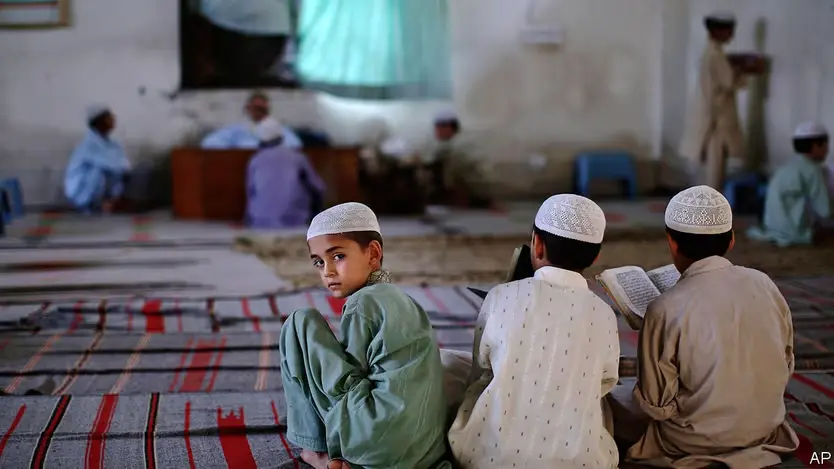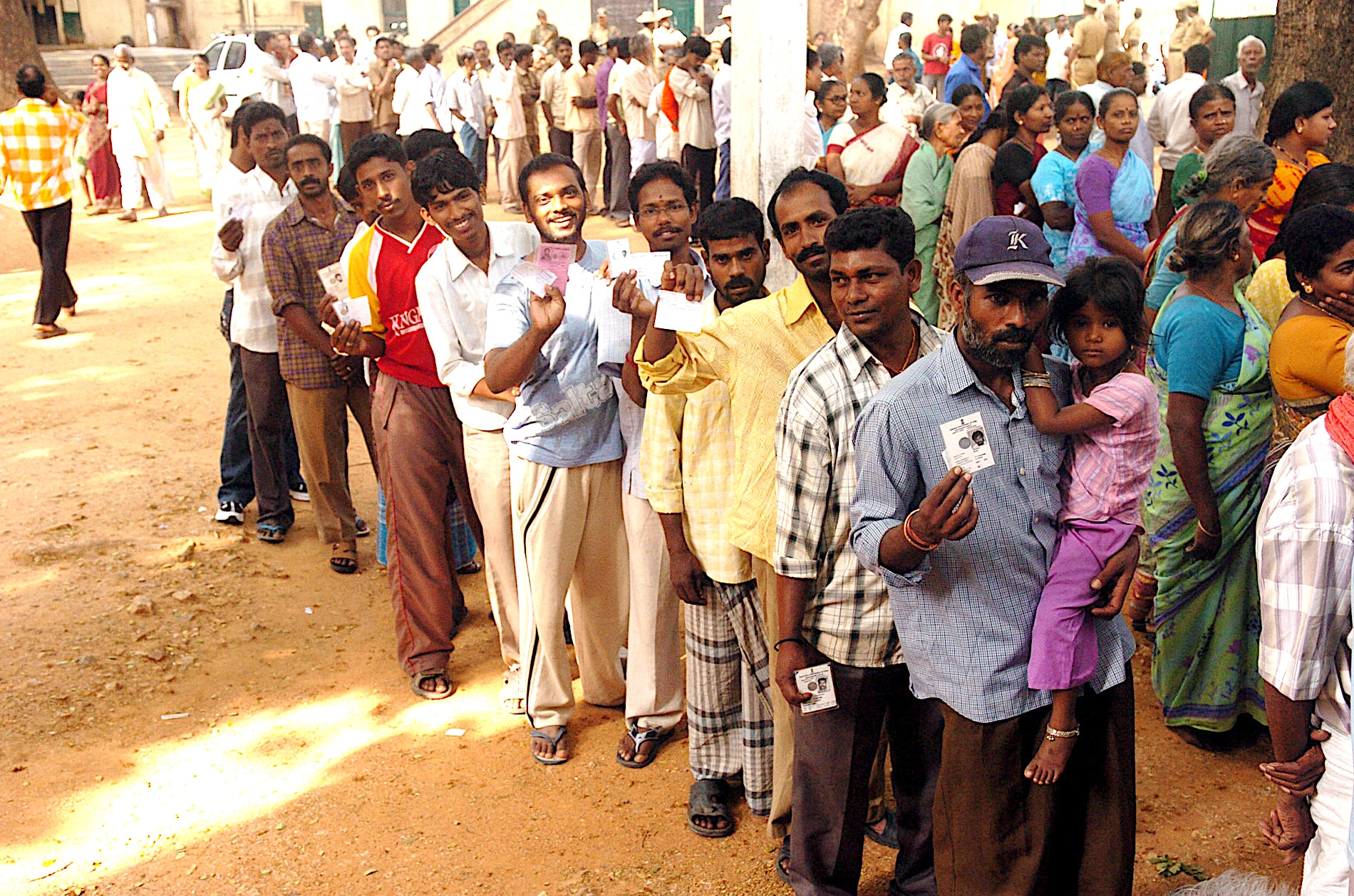India’s tech labor market is under threat from President Trump passing an executive order to stop issuing visas to people working in these industries. The executive order comes in a time when the American job market is trying to recover from the ill effects caused by the coronavirus pandemic. One of how the American government is trying to help the economy recover is by hiring only American citizens rather than importing skilled labor from abroad.
Due to travel restrictions and consulate closures all over the world, companies are already struggling with many employees working from home. India\’s technology trade group, Nasscom, called Trump\’s order is \”misguided and harmful to the US economy\” and warned it would exacerbate the country\’s economic pain. It also said that as an alternative to working in the US, companies would then start sending employees to places such as Canada or Mexico instead. \”These are highly-skilled workers who are in great demand and they will be mobile no matter what,\” said Shivendra Singh, president of global trade development at Nasscom.
India accounts for about 70 percent of the 85,000 H-1B visas issued annually, according to immigration data. The fact that Indian outsourcers collect a substantial share of the visas each year has made the program controversial, with critics arguing that companies abuse the system by replacing American workers with cheaper foreign labor. Trump’s administration may also be looking at overhauling the system, making it merit-based instead of the current lottery-based system in place. Giving talent a preference over luck, enabling better, high skilled people to earn more salaries in the United States.
\”The temporary suspension of the H-1B visa program till December 2020 will hamper the execution of pipeline and new projects coupled with margin impact resulting from higher onshore hiring,\” credit rating company ICRA said in a note last week.
Among the other critics of the order were Alphabet Chief Executive Officer Sundar Pichai, Microsoft President Brad Smith, and Tesla founder Elon Musk. However, some companies like Tata, Infosys, and Wipro, among the largest outsourcing companies in Asia refused to comment on the ongoing events






